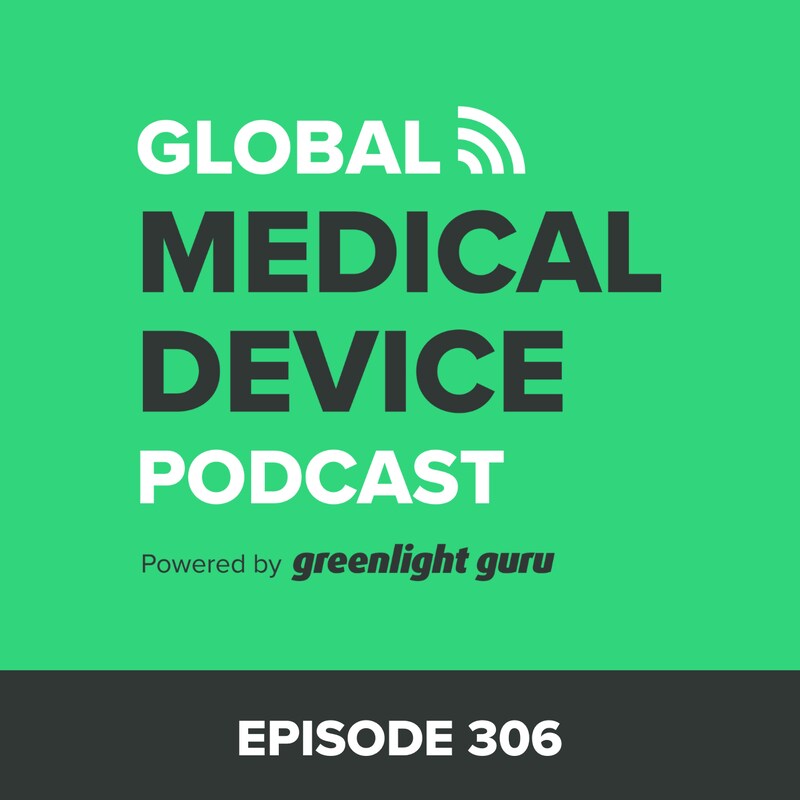Shownotes
In a continuation of the previous episode, Mike Drues joins the podcast to further discuss LDTs, IVDs, and how those related to the ongoing Theranos situation.
Mike is the president of Vascular Sciences, has a Ph.D. in biomedical engineering, and has extensive experience with Regulatory Strategy.
In today’s episode, he begins by reviewing some of the information in Part 1 of this discussion. He discusses how the current regulations and language around LDTs relate to the Theranos situation and what companies should be doing to ensure they’re ready when the VALID act goes through.
Listen to this episode to hear what Mike has to say about the risks of LDTs, the engineering work that should go into LDTs, and how the regulations could be changed to close the Theranos loophole.
Some of the highlights of this episode include:
- The risk behind LDTs vs IVDs
- Whether LDTs belong in the IVD category
- The relationship between the LDT situation and Theranos
- Principles to use with LDTs
- What companies should be doing now in anticipation of the VALID act
- The importance of a contingency plan
- The criteria for a legitimate LDT
- Specific parameters to define an LDT
- Labeling
- Technology
- Risk
- Requiring hospitals to put LDTs through institutional review boards
- Better oversight
- Creating a EUA-like pathway
Memorable quotes from Mike Drues:
“Even from a technology perspective, the technology of these LDTs is becoming much much more complicated.”
“Long story short, I think Theranos took a fairly liberal interpretation of the words surrounding the LDT.”
“I’m a biomedical engineer first and a regulatory consultant second. And that’s the order we should think about these things.”
“Even though I’m a regulatory consultant, I’m not a fan of creating new regulation.”
Links:
Mike Drues LinkedIn
Vascular Sciences webpage
VALID Act
Etienne Nichols LinkedIn
Greenlight Guru Academy
MedTech Excellence Community
Greenlight Guru




